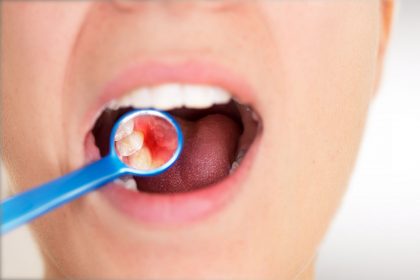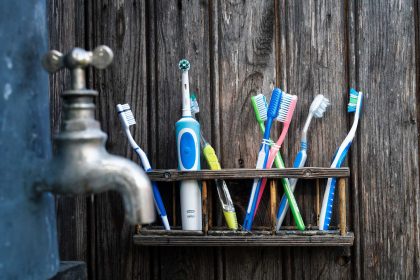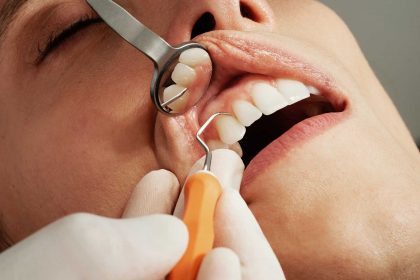Brushing your teeth is the most important thing you can do to keep your teeth and gums clean, healthy, and free of cavities and disease—and that makes it one of the most important things you can do for your overall health. But in order for brushing to be effective, you need to do it often enough and you need to do it properly.
According to the American Dental Association, you should brush your teeth at least twice a day for two minutes each time. Brush in the morning when you get up and again at night before bed to prevent dental plaque from settling in. A third brushing mid-day can also be helpful, but even more critical is using a correct, thorough technique when you brush.
It doesn’t take long for the dental plaque in your mouth to start sticking to your teeth and attacking the enamel with acid-producing bacteria that can cause cavities. Brushing twice a day can disrupt this plaque before it has a chance to do any damage.
Your toothbrush technique is important
Brushing twice a day won’t be enough, though, if you only give your teeth a few quick haphazard swipes before your spit-and-rinse.
For best brushing practices, you should use a soft-bristled brush and spend enough time to gently clean every accessible surface of each individual tooth. Remember to brush along the gum line while holding the brush head at a 45-degree angle so that the bristles give a soft massage where the gums meet the teeth.
It will take about two minutes total to brush all your teeth properly. Spend about thirty seconds on each quadrant of your mouth — the upper left half, the upper right, the lower left, and the lower right.
Use a new toothbrush and don’t be too aggressive
It’s also important that you replace your worn-out old toothbrush or toothbrush head when the bristles start to fray or bend, or at least every three to four months (you might want to set a reminder on your smart phone). Bent bristles can do more harm than good, scratching your tooth’s enamel, aggravating your gums, and doing a dreadful job of removing plaque.
Pressing hard when you brush is unnecessary. If you’re using a manual toothbrush, a gentle, circular motion is all you need. Aggressive brushing, as with worn-out toothbrushes, can scratch the enamel and damage the gums.
Step up to an electric toothbrush
While brushing twice a day with a manual toothbrush is sufficient to remove plaque and protect against cavities, a quality electric toothbrush can clean even more thoroughly—and it’s a lot easier to use. With an electric toothbrush, all you need to do is press the button and move the brush head from tooth to tooth. The vibrating bristles take care of the rest and help eliminate the temptation to press too hard. Even better, many electric toothbrushes include built-in timers to make sure you brush for the entire two minutes, and some include alerts every thirty seconds to let you know when to switch to the next quadrant.
Brush twice a day and don’t forget to floss
Brushing twice a day is the most fundamental step you can take to be responsible for your own oral health. Beyond that, you should floss at least once a day to remove plaque from those in-between spaces, the areas between teeth and gums, and the difficult areas that your toothbrush has a hard time reaching.
Is brushing your teeth twice a day enough?
Brushing your teeth twice a day, combined with flossing daily, is an excellent preventive step. Even so, some plaque will still sneak by your defenses and start to harden into tartar. Tartar is an early step in the cavity formation process, and it’s not something you’ll be able to remove on your own. You’ll need to see a dentist or dental hygienist at least once or twice a year for professional cleanings and examinations to stay on top of your oral health.




